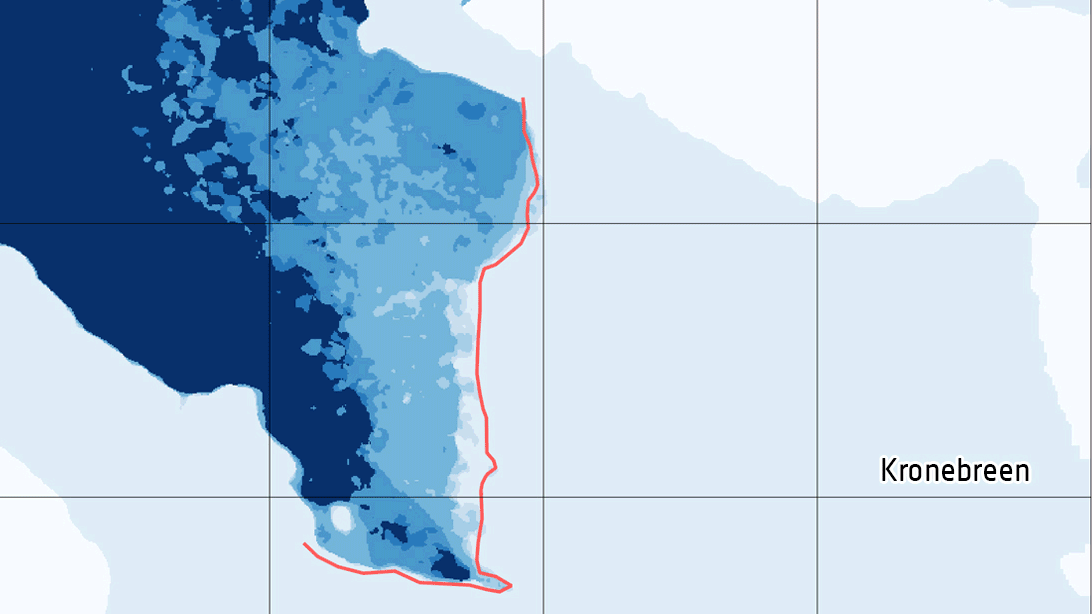The Space for Shore project has revealed trends in Arctic glacier retreat and calving intensity, with notable impacts observed in regions like Kongsfjorden, Svalbard.
Using over 1,000 radar images from the Copernicus Sentinel-1 mission, scientists monitored the evolution of Svalbard’s coastal glaciers between 2015 and 2023. The study highlights a statistically defined mapping of summer glacier front positions and calving intensities, shedding light on the dynamic interactions between ice and ocean.
Findings suggest that the frequency of floating icebergs and growlers – a measure of calving activity – has risen, indicating accelerated ice loss and heightened risks of sea-level rise.
For a deeper dive into the findings and implications, read the full story on ESA EO pages.

